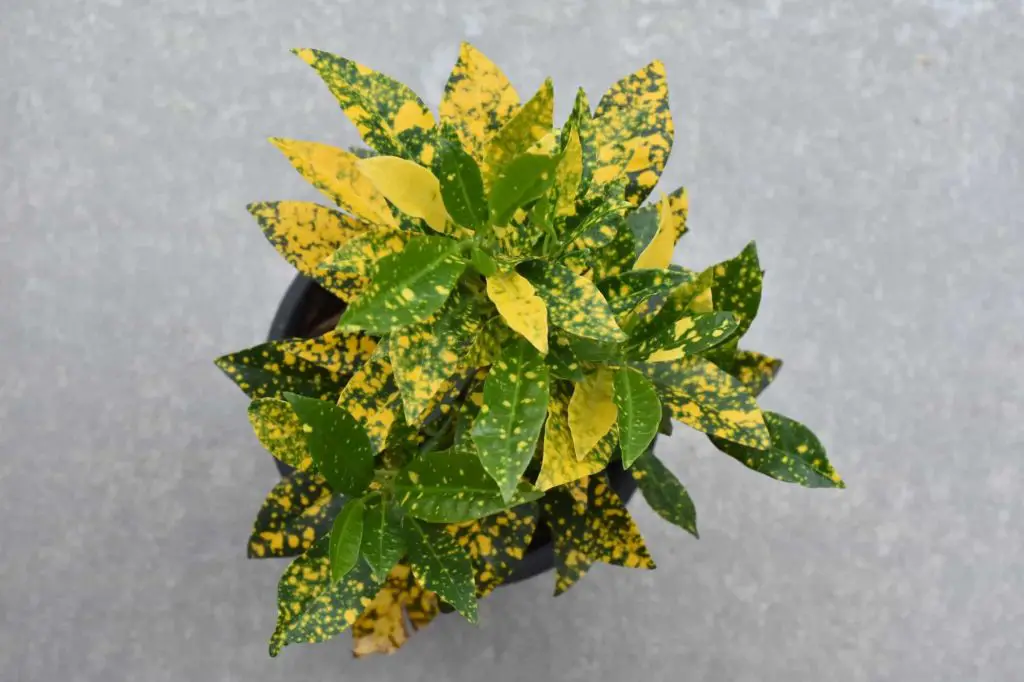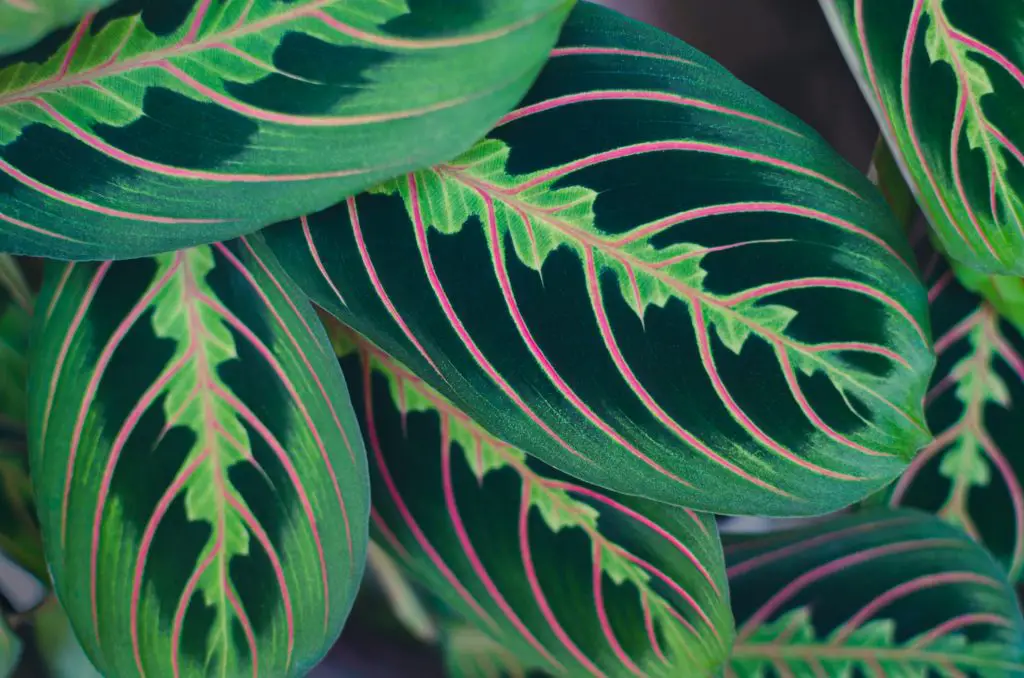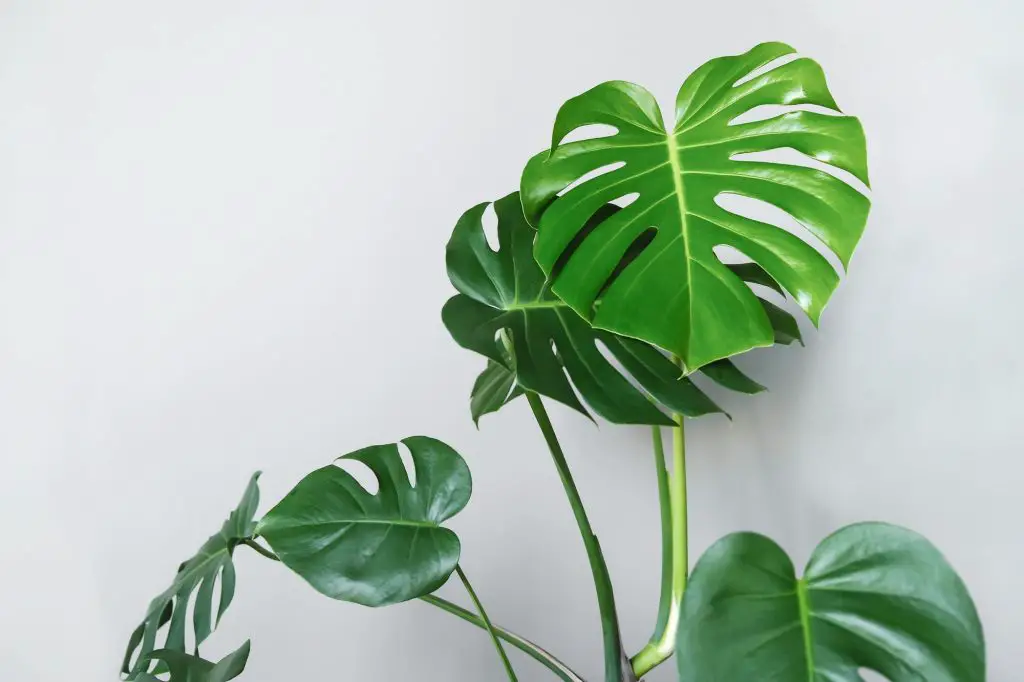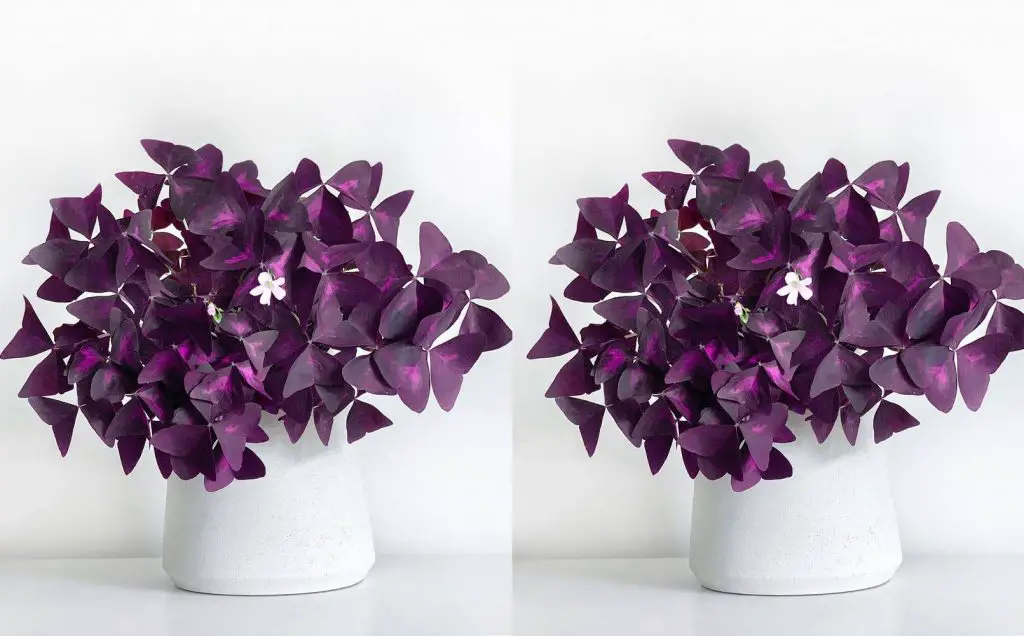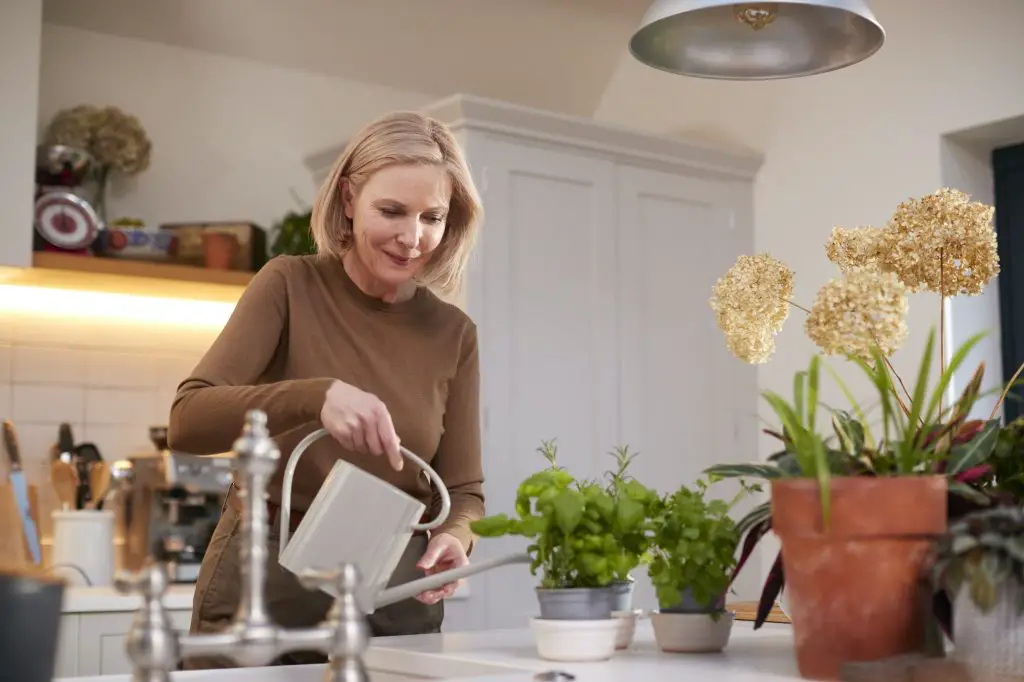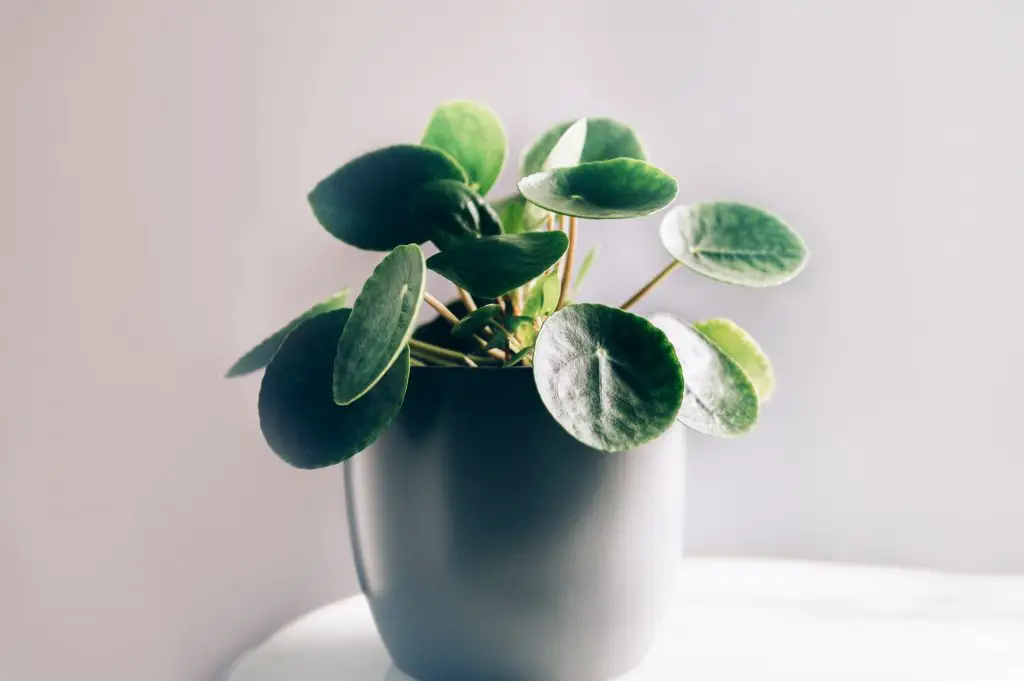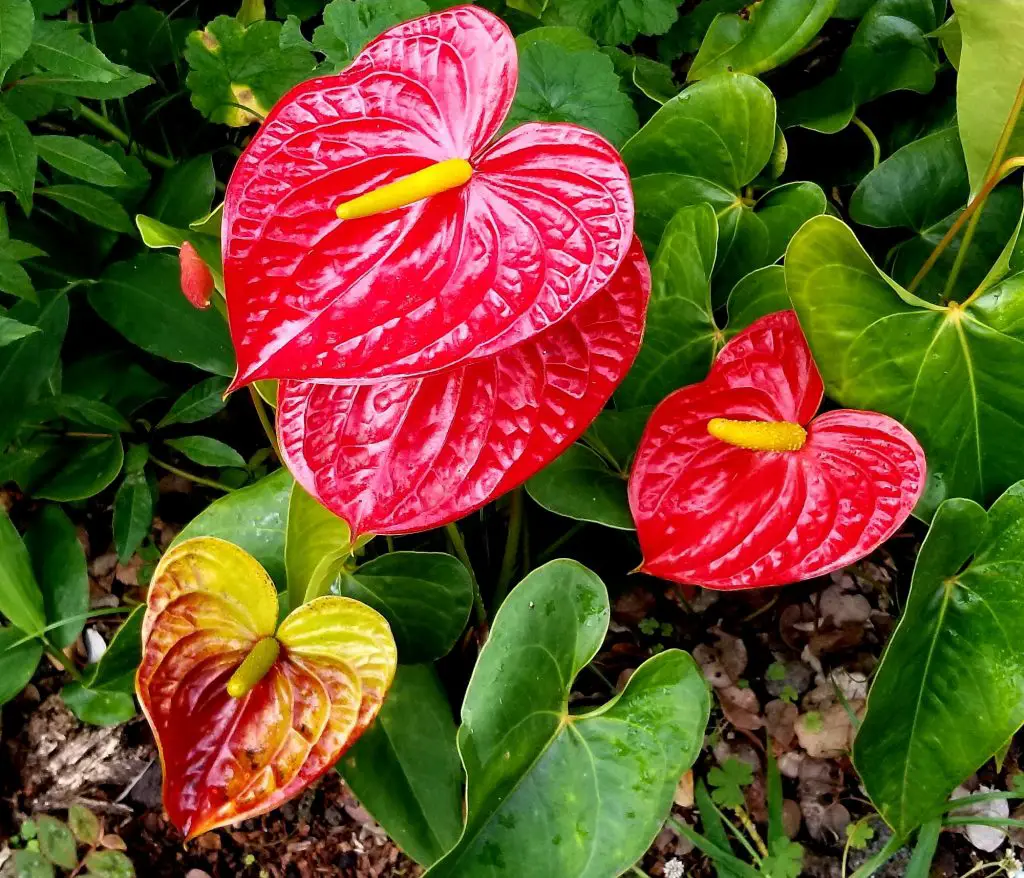Croton is a favorite amongst house plant growers not only because of the brilliant colors it exudes but also because of the health benefits it also offers its growers.
To see your croton leaves, fall off can be very disheartening and frustrating seeing that one leverage croton plants have over other house plants is its life span.
In recent times, have you noticed your croton leaves falling off and you have no idea what went wrong or what to do? This is a complete guide explaining reasons your croton might be falling, what you can do when this happens, and what to do to prevent it in the future.
Table of Contents
7 Reasons Why Your Croton Leaves May Be Falling Off
Have your croton leaves been falling off? It sure is a source of concern. Many factors contribute to the reason s your crotons might be falling off. Though leaf-dropping might be normal, it becomes exasperating when but when it goes beyond normal, it is an indication that something might be very wrong.
The following are reasons your croton might be falling off. You would surely find out what went wrong with your croton.
1. Change of environment
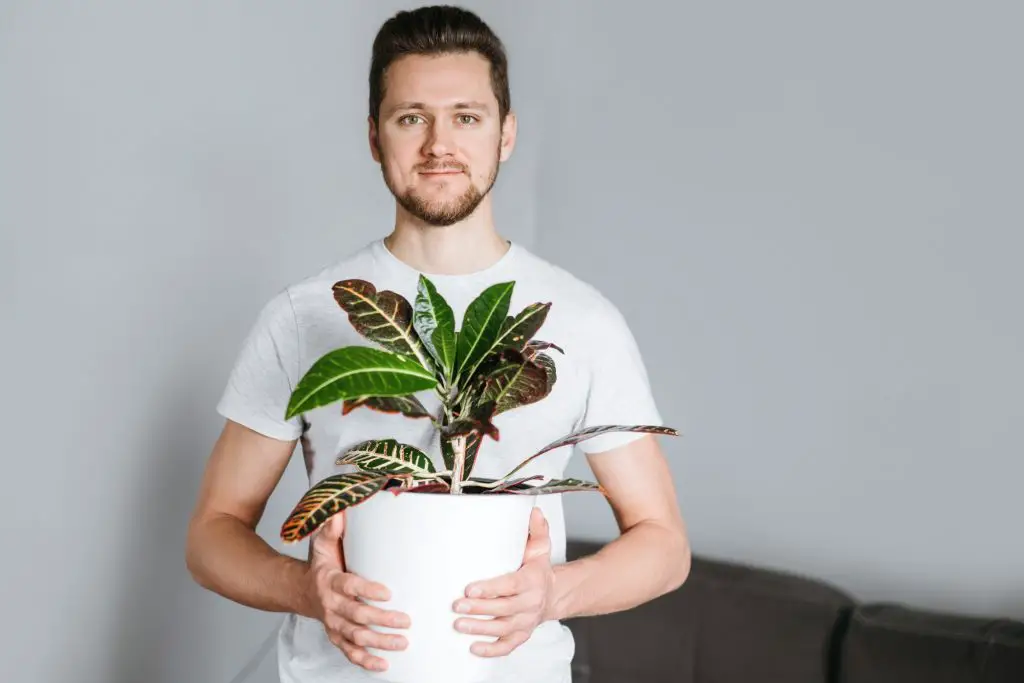
A croton plant experiencing a change of environment can be quite uncomfortable after the change. This is because the crotons have just been taken out of their comfort zones and may need time and extra care to adjust to their current environment.
Most crotons would bounce back to their original if the grower is patient and gives it proper care. You might need to just be patient with your croton to see it bounce back to life. If you have just changed your croton’s environment, there is no cause for alarm. Just be patient and give it the adequate care it requires.
2. Poor humidity levels
Crotons thrive in low humidity areas, if exposed to harsh weather conditions, the soil mixture may be affected and the leaves might start to fall off. Also if you reside in a very low humidity environment, the croton would be exposed to heat and this could be harmful to the growth and survival of your plant. Crotons require warm temperatures to survive.
3. Inadequate lighting
Crotons require very bright light to produce the vibrant and brilliant colors they can exude. They benefit from direct sunlight though the variety of the croton is key in determining the degree of sunlight it requires.
Some crotons may need shades but most thrive on direct sunlight. If grown indoors, you may need to place it in a position that would offer it direct sunlight. Your leaves could be dropping because they have been deprived of inadequate lighting
4. Poor soil mixture
Like some other house plants, crotons thrive on moist soils and cannot thrive in soggy soil conditions. Soil mixtures are usually attributed to watering conditions. You must take cognizance of the adequate amount of water your croton needs to survive, if under-watered, the soil would dry out and the decline process would start with a change in foliage appearance before the leaves start to fall off and then inevitable death.
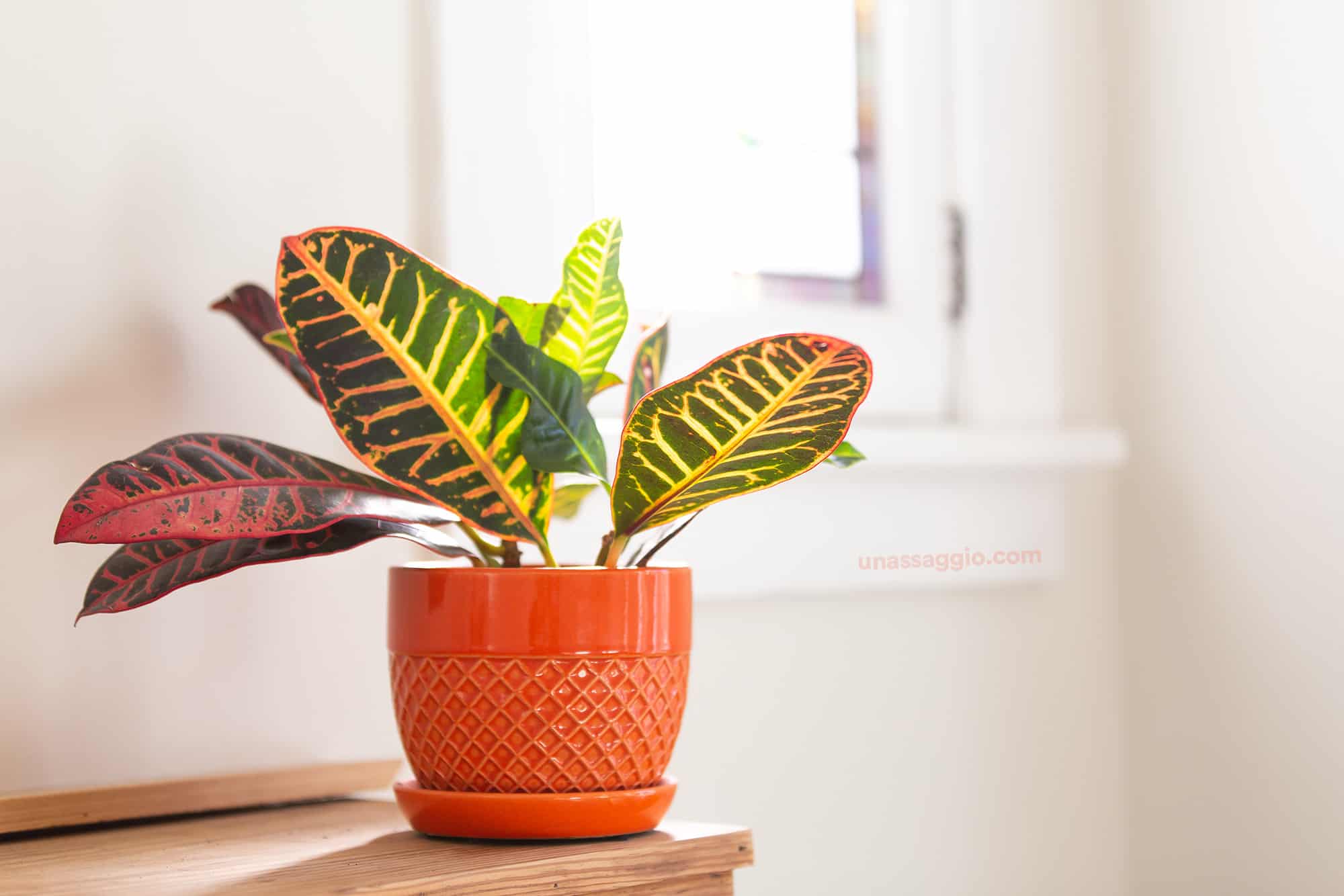
This also applies to overwatering; crotons detest soggy mixtures so you might need to be extra careful when watering to prevent a soggy soil mixture which can lead to stem rot. Stem rot is very bad for your croton.
5. Infestation
Crotons often battle with pests and bugs and a serious case of infestation would cause your leaves to begin falling off. Some croton pests include plant scale, red spider mites, mealybugs. Crotons attract pests and bugs and bugs when they dry out. This is another reason your croton needs to be watered properly. If infestations are taken with levity, your croton may be completely damaged.
6. Potting
Most house plant growers, croton included love potting their plant, this adds to the aesthetics effect. However, some pots might not be suitable for crotons because the materials used in making them may contain elements that would hasten the drying up the process of soil.
Pots made from terra coat may not be suitable for potting but if you run out of potting options, you may have to modify your watering schedule to ensure your croton soil never dries out.
7. Maybe its just Nature taking its course
Crotons are perennials which means they live for a longer number of years. The leaves falling off might be a sign that part of the plant is dying. However, this should not be a bother because crotons use the same root system to reproduce other crotons.
What to do when Croton leaves are falling off?
- If you have just changed the croton’s environment, give it time to adjust and properly tend to it.
- Use humidifiers or consistently mist croton leaves if you reside in a high or very low humidity environment. You may need to change the croton’s environment during winter because of the freezing conditions of this weather.
- Ensure that the crotons receive direct light from the sun. they require about 4-5 hours of sunlight daily
- Modify your watering schedule to suit the soil mixture of your croton and also gauge the amount of water used when watering. Your soil must never dry out and it must not be soggy.
- Eliminate pests by a strong spray of water or cleaning the plants with alcohol. For serious cases of infestation, you could make use of insecticidal soaps.
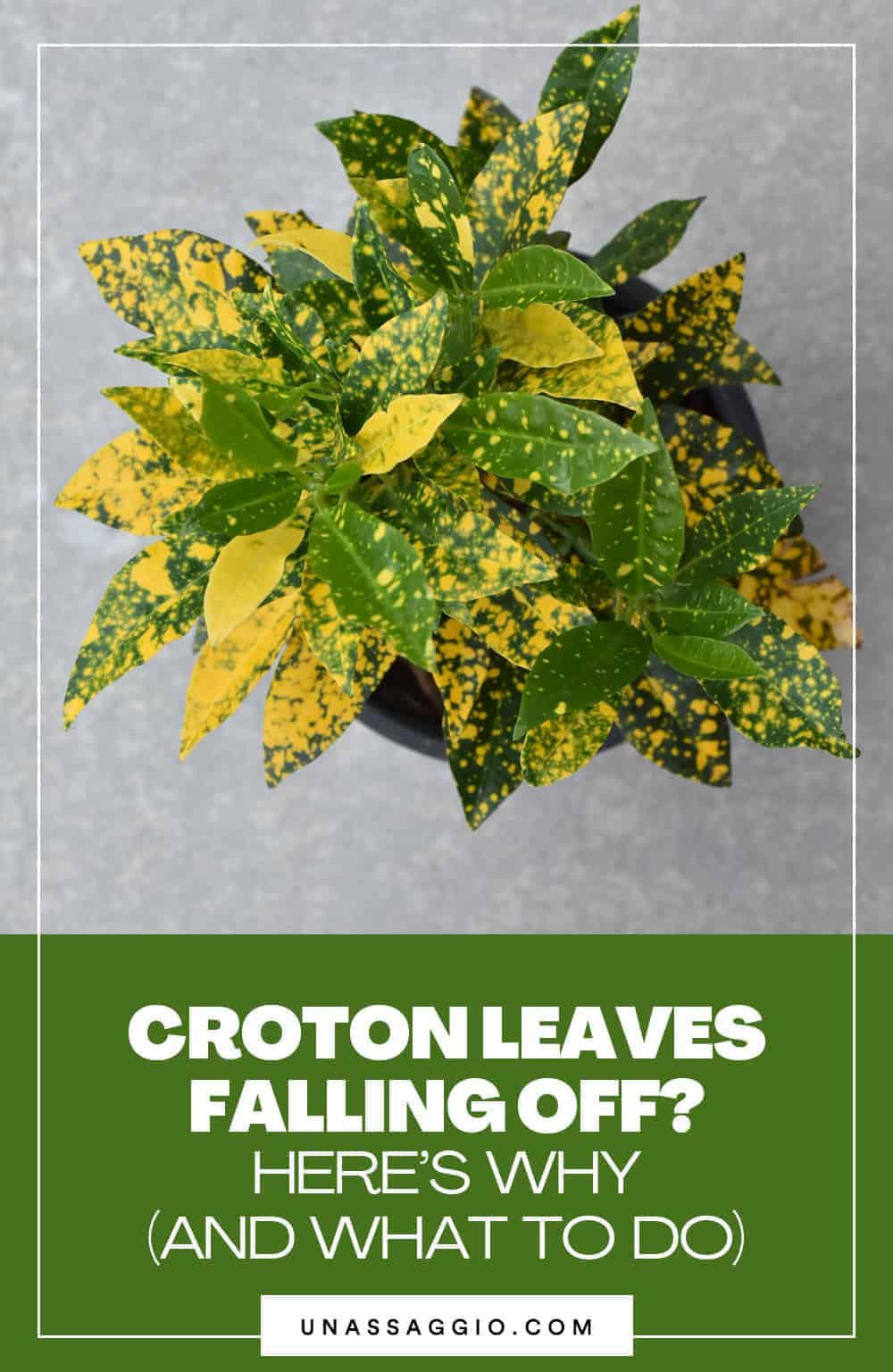
Crotons are very tough regarding their survival. With proper care, your croton is sure to survive any challenge. You must have identified the reasons your crotons are falling off; your crotons would be sure to rebound if the tips are adopted.
Read next:

